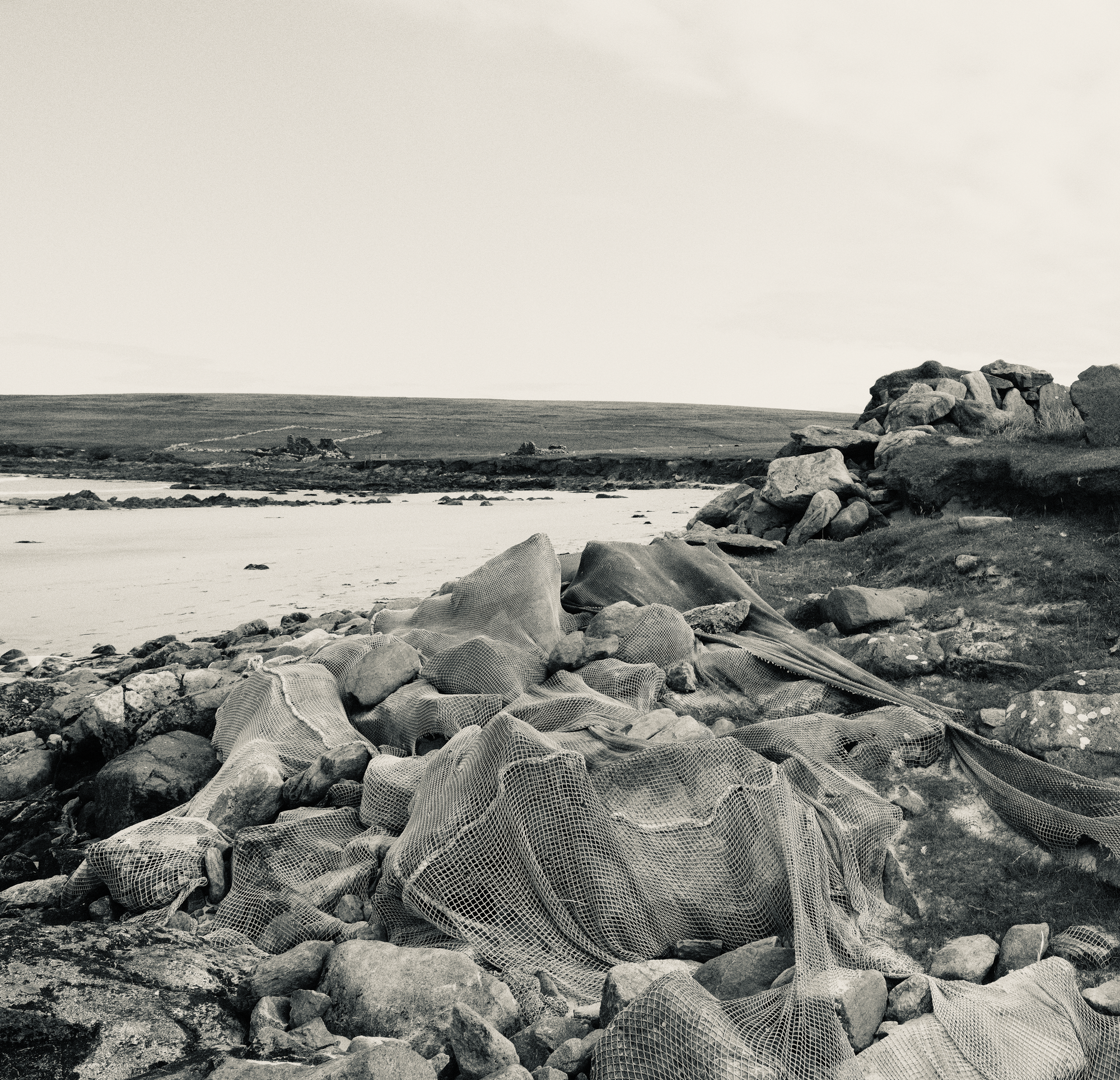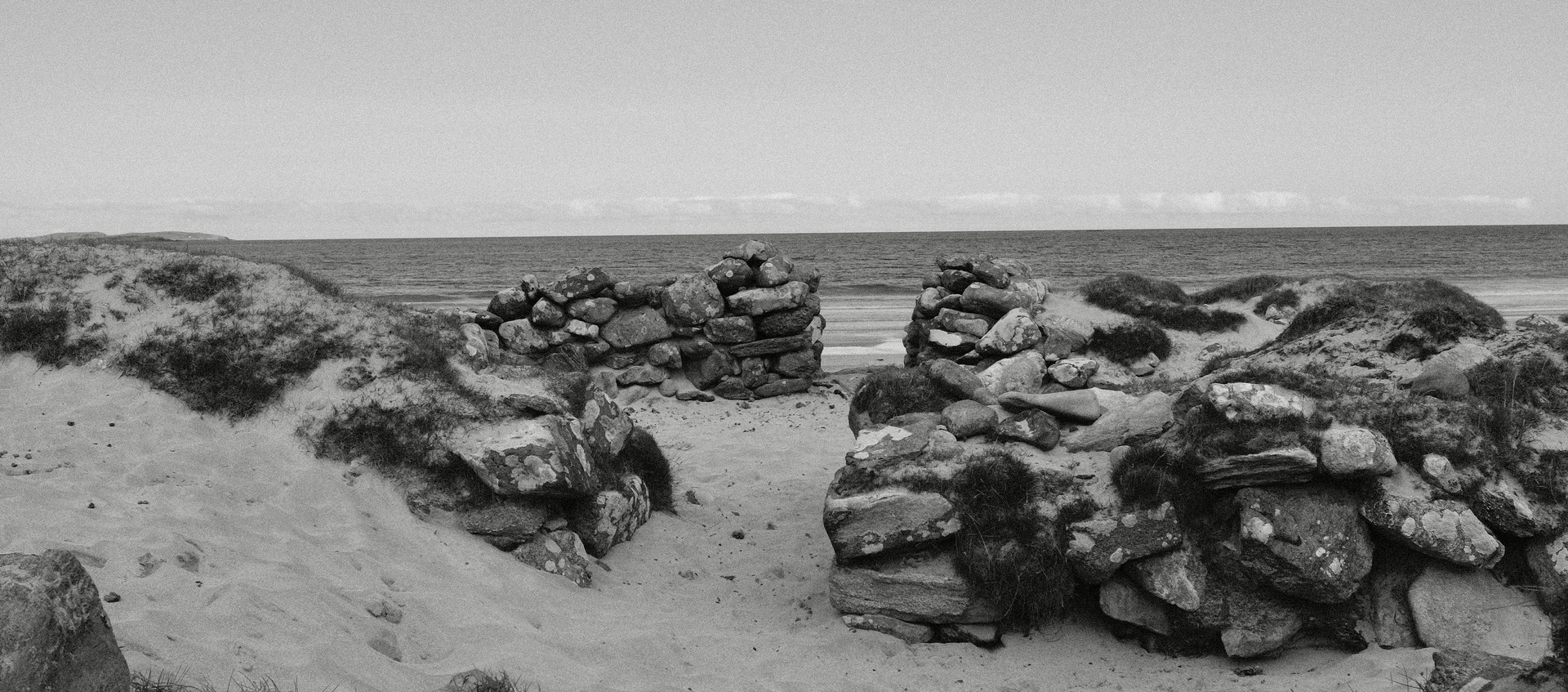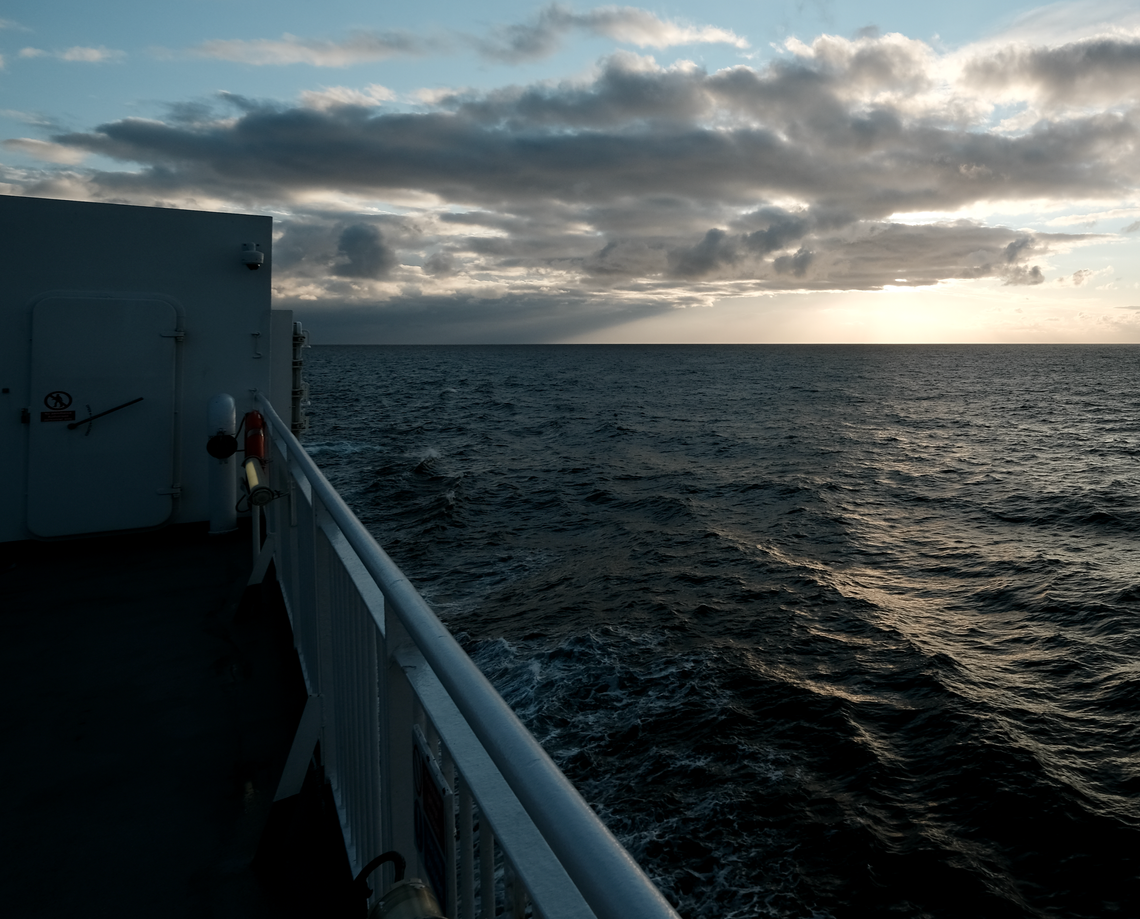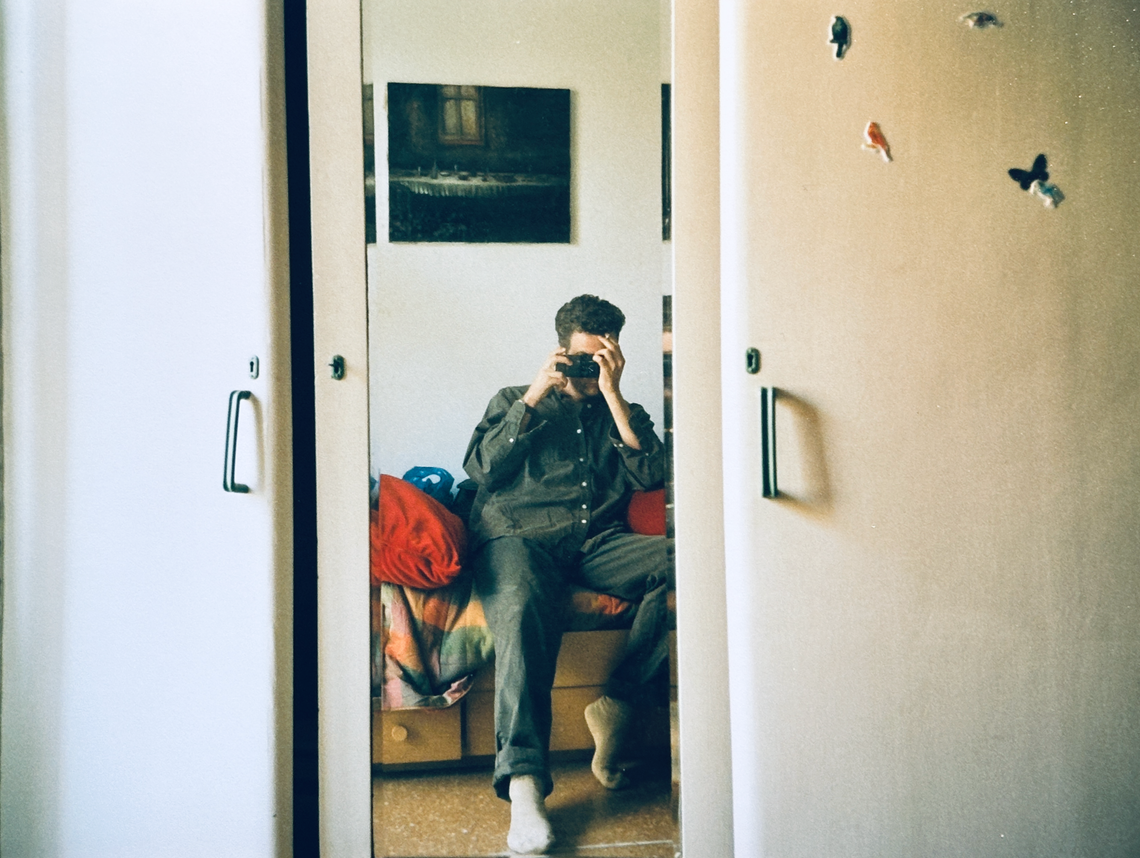...to think slowly an idea that runs fast through modern heads: the idea of matter as passive stuff...
Jane Bennett, Vibrant Matter
As with the village of Skara Brae on Orkney, villages on Shetland have a way of disappearing under sand. Shetland is an unfenced world, where sheep and tiny horses stray on to the empty roads, and the wind picks up and drives the grains of eroded dunes, no bar onward. A good storm can bury a place.
In the last decade of the seventeenth century, the southern-Mainland village of Broo was engulfed in this way. Rabbits may have been to blame, their proliferating burrows undermining the precarious dune biome; or climate change: inhabitants of the islands possibly adapted to the cooler world of the Little Ice Age (1300-1870) by altering their farming practices, planting oats in the sand for example, weakening the roots of the slender grasses which kept their world in place.
Broo was not the only village buried under Shetland sand (in the case of Broo, nearly two metres of it); the village of Quendale, a mile and a half inland, was also engulfed. And then, reading back, settlement after settlement emerges from the sand—at the bay of Sandwick, on the east coast of the northernmost island of Unst, there are remains of a tiny Iron Age settlement on the beach, exposed by a storm, within a stone's throw of a Norse settlement, similarly engulfed

...
At Broo, archaeologists unearthed clay pipes, bits of pot, coins, and 'elephant artefacts', the latter being curios probably collected by the occupants of the big house, the Sinclairs. Shetland, for all its exposure to shifting sands, to the nearness of erasure, was always connected.
...
In 1800 or thereabouts, the German Alexander von Humboldt, in the company of his friend, the botanist Aimé Bonpland, made a journey up the Orinoco River, to its watershed of the Orinoco and the Amazon, tracing the Casiquiare River which joins them. As they went, they mapped the land, diligently recording the position of small missionary stations or trading posts. In one, amused, he watched a furious fat priest trying to explain to the mystified forest-dwellers that invierno, winter, and infierno, hell, were not the same thing.
In May 1800 he and Bonpland reached Esmeralda, last Christian settlement on the Orinoco. It was little more than a few huts, 'home' in the words of Laura Dassow Walls, 'to a few score Indians, zambos, mulattoes, banished soldiers and exiled monks’.
Humboldt marked it on his map. And there is stands, still, on most modern maps – certainly on the battered Times Atlas which my father owned as a young man, it is clearly marked. You could hope to go there, one day.
But in 1958, two botanists who retraced Humboldt's route found no sign of the place: it had been sucked back into the jungle, effaced, reclaimed.
Subsequently, a settlement was founded a couple of kilometres along the Orinoco. They called it Esmeralda. It is not the original settlement, which is still lost. Nor is it wholly not an iteration of the original settlement. It exists at a slight dislocation. A drift along a vector.
…
But then, all settlements drift. Isolated communities which seek to stay true to their metropolitan centre, or to some ideal of cultural tradition and stability, always fail to do so.
Take hymn-singing. Communal singing is a way of retaining a certain decorum in the face of the encroaching sands of the world. But it, too, is subject to drift.
In a 1981 article, Nicholas Temperley described a style of hymn singing which has been observed and reported on in isolated communities over the last few hundred years in Europe and North America, which he refers to as the ‘Old Style of Singing’ or the ‘Old Way’, and which he summarises thus: ‘In places where congregations are left to sing hymns without musical direction for long periods, a characteristic style of singing tends to develop. The tempo becomes extremely slow; the sense of rhythm is weakened; extraneous pitches appear, sometimes coinciding with those of the hymn tune, sometimes inserted between them; the total effect may be dissonant.’
Wesley Berg, working with Mennonite congregations in Western Canada, confirmed this by direct observation. Congregational singing tends to drag, as less confident singers hang back to allow the more able to find the correct note; not everyone will hit the same note at the same time; the more confident musicians might insert passing notes between the trickier intervals, particularly as things slow down, or might freely ornament a note as they wait for their brethren to catch them up on it; certain gestures, or tics, or inflections, will catch on; diatonic tunes will slide back into more comfortable modes; familiar chunks of chorale will be spliced into the less familiar; patterns of ornamentation become loosely formalised and sometimes codified (although in general we are talking about oral transmission), so that, for example, any movement from the fifth to the sixth degree of the scale will be ornamented in such-and-such a way. And so on.
Practitioners of the Old Way, the oole wies, were adamant, when interviewed, that nothing had changed. The songs they sang were note for note sung in the same way as they had been, generations since in the old country. But they were almost unrecognisable.
In the same way, Bruce Chatwin’s aborigines, singing the world into existence along their continent-weaving songlines, were determined that they were only preserving and repeating what had always been, even as witchetty grub dreamings and honey ant dreamings were replaced by Toyota Land Cruiser dreamings and, in the mining Kimberleys, money dreamings.
…
There are points of resistance to the drift, of course. There is such a thing as musical notation. There are stones in the sand.
However, as with Esmeralda, and as with Sandwick Bay where Pict and Norse and medieval farmhouses and crofts followed the tiny Iron Age settlement, people returned to the settlement at Broo.
It seems that at some point following the disappearance of the village, someone excavated what had once been an outhouse, and repurposed it as a burrowed out living space. The inhabitant would have been surrounded by sand down there, would have had to clamber out of their sandy hole with ladders, look over the Arabian windscape of Shetland, and just somehow get on. But they would have also been rooted and oriented and enabled by the buried stones. For a time.
Some philosophers have argued that places retain a memory of themselves; the stones under the sand will in a sense want to be turned again to settlement, at some level. The place has a sort of agency in the matrix of human-inhuman interactions. What remains, no matter how fragmentary, will create a grain and a pattern in our world.
And if it is in the nature of settlement that matter—people, animals, stone or wood in various arrangements—passes through it, like rope through a knot, or like wood and iron or indeed Theseus through the ship of Theseus; then the reverse is also true: the idea of settlement ghosts through the stones which remain, the stones subtly vibrant, not inert, humming with a sort of remembered, drifting song, muffled under the sand.





